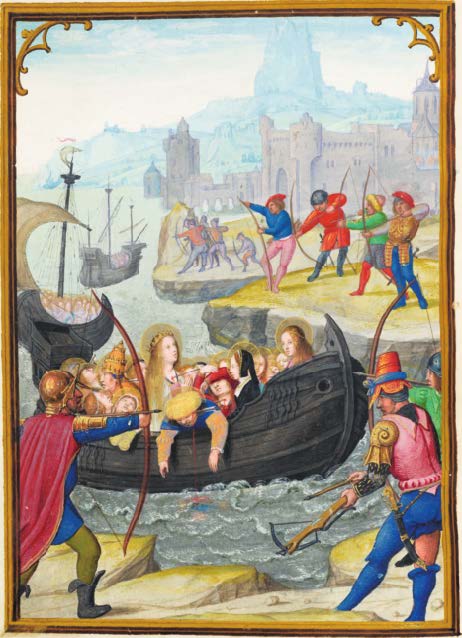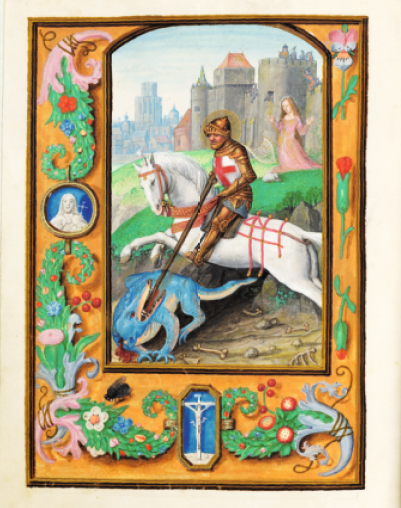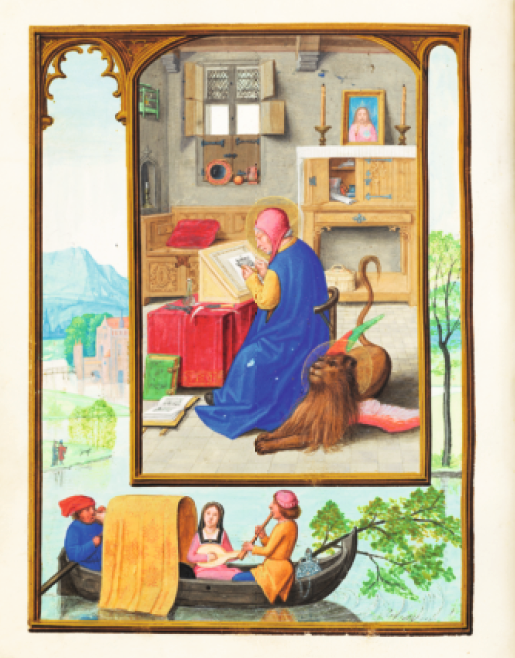The Da Costa Hours is a testimony of a shining moment and extreme splendour for the miniature Flemish tradition, which reached its climax in the early 16th century.
With the works of art painted by Simon Bening, the miniature Flemish tradition, though threatened by the arrival of printing press, reaches the top of its extraordinary figurative development in the first half of the sixteenth century.

The Da Costa Hours displayed at the Morgan Library in New York (Ms. M. 399) is a testimony of a shining moment and extreme splendour.
Today, the Da Costa Hours is faithfully reproduced in facsimile by the Adeva Publishing House in Graz. The most ambitious, articulated and complex work of Simon Bening‘s early years became in this way accessible to all.

With its 121 miniatures, this work of art lays at the top of an age-old art and reached its apogee at the beginning of the sixteenth century and now will soon be close to decline.
Launched by an illustrious representative of the Portuguese family Sá, probably João Rodrigues de Sá, the Da Costa Hours in reality opens out to a beautiful heraldic title-page of the Da Costa family, as shortly after being completed–or maybe while it was written–it came to the hands of Don Alvaro Da Costa, treasurer and chamberlain of Manuel I, the King of Portugal (from 1495 to 1521). His name is still bound not only to the foundation of the Portuguese colonial empire, but also to the blooming of the “manuelino” architectural style.

The Da Costa Hours still remains an absolute masterpiece and marks an important turning point in the Flemish tradition of book illustration as it was the first book of private devotion (with the coeval Breviario Grimani) in which the calendar scenes are painted on full-page without border, with an emphasis and an importance equal to those of devotional subjects.
Article written by Gianfranco Malafarina for Alumina – Pagine Miniate.
Order your subscription to Alumina today!


